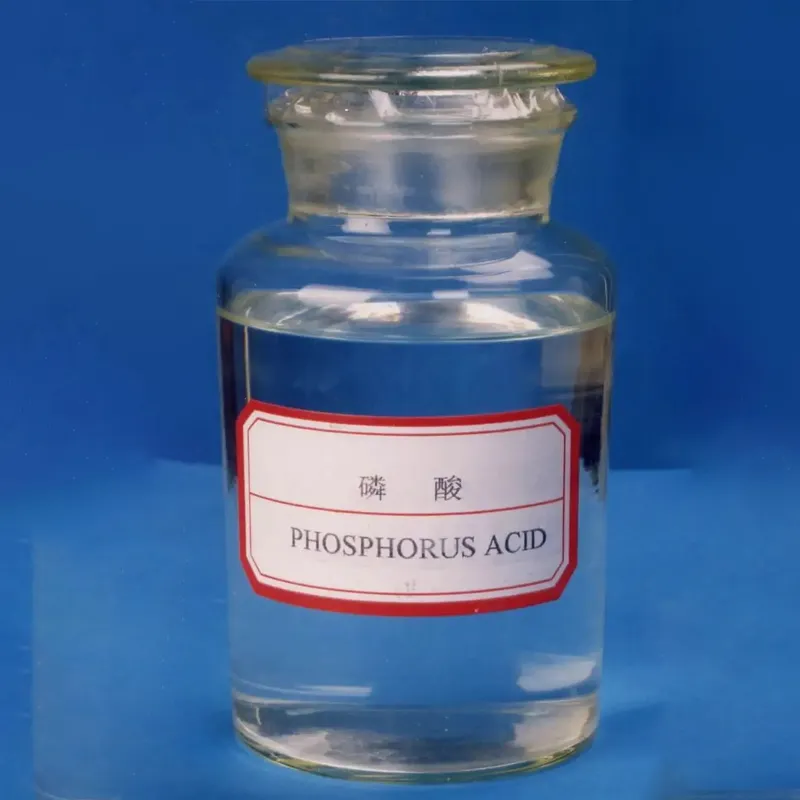
calcium phosphate food additive
Calcium Phosphate as a Food Additive Benefits and Uses
Calcium phosphate is a versatile compound that plays a significant role in the food industry as a food additive. This compound, which can occur in several forms including tricalcium phosphate and dicalcium phosphate, is primarily used to enhance nutritional content, improve texture, and act as a preservative. Understanding the properties, uses, and benefits of calcium phosphate can help consumers make informed choices about the foods they consume.
Nutritional Benefits
One of the most significant advantages of calcium phosphate as a food additive is its role in providing essential minerals, particularly calcium and phosphorus. Calcium is crucial for maintaining healthy bones and teeth, while phosphorus is necessary for energy production and cellular function. Many people do not receive adequate amounts of these essential minerals from their diets, leading to deficiencies that can adversely affect health. By fortifying processed foods with calcium phosphate, manufacturers can help bridge the nutritional gap for consumers, making it easier for individuals to meet their daily mineral requirements.
In addition to improving mineral intake, calcium phosphate can aid in promoting overall health. Studies have shown that adequate calcium intake is associated with reduced risks of osteoporosis, hypertension, and certain cancers. Thus, calcium phosphate serves not only as an additive but also as an important ingredient that can contribute to long-term health and well-being.
Functional Roles in Food
Calcium phosphate is used in various food products for its functional properties. As an anti-caking agent, it helps prevent the clumping of powdered substances, ensuring that products like powdered cheese or baking mixes remain free-flowing. This not only improves the texture of the final product but also enhances the ease of use for both manufacturers and consumers.
calcium phosphate food additive

Moreover, calcium phosphate acts as a leavening agent in baked goods, helping to create the desired rise and texture. When combined with other ingredients, such as baking soda, it can produce carbon dioxide, contributing to a light and fluffy texture in cakes and breads. Its ability to stabilize mixtures and improve the consistency makes it a valuable ingredient in the food industry.
Preservative Properties
Calcium phosphate also exhibits preservative qualities, which can extend the shelf life of food products. By inhibiting the growth of harmful bacteria and other microorganisms, it helps maintain food safety and quality. This property is particularly beneficial in processed foods where longer shelf life is desired. Its natural origin and effectiveness make it an attractive alternative to synthetic preservatives, which some consumers may prefer to avoid.
Safety and Regulatory Aspects
The safety of calcium phosphate as a food additive has been extensively studied. Regulatory bodies, including the Food and Drug Administration (FDA) and the European Food Safety Authority (EFSA), have deemed it safe for consumption within specified limits. However, as with any additive, it is essential for consumers to read labels and be aware of the amounts contained in their food products, particularly if they have particular dietary needs or restrictions.
Conclusion
Calcium phosphate is a multifunctional food additive that carries numerous benefits, from enhancing nutritional value to improving texture and extending shelf life. Its role in promoting mineral intake makes it particularly valuable in addressing dietary deficiencies, while its functional properties enhance the quality of various food products. As consumers become more health-conscious, understanding the role of additives like calcium phosphate can help them make informed food choices. Whether seen on a nutrition label as a fortifying agent or a leavening component, calcium phosphate continues to be a vital ingredient in the modern food industry.
-
Pure Sodium Dichloroisocyanurate Dihydrate | Powerful DisinfectantNewsAug.29,2025
-
Industrial Chemicals: Quality & Purity for Every IndustryNewsAug.28,2025
-
Nitrile Rubber Honoring Strict Production StandardsNewsAug.22,2025
-
Aspartame Ingredients Honoring Food Safety ValuesNewsAug.22,2025
-
Fertilizer for Balanced Plant NutritionNewsAug.22,2025
-
Cyanide Gold Processing with High Purity AdditivesNewsAug.22,2025
-
Formic Acid in Textile Dyeing ApplicationsNewsAug.22,2025
Hebei Tenger Chemical Technology Co., Ltd. focuses on the chemical industry and is committed to the export service of chemical raw materials.
-

view more DiethanolisopropanolamineIn the ever-growing field of chemical solutions, diethanolisopropanolamine (DEIPA) stands out as a versatile and important compound. Due to its unique chemical structure and properties, DEIPA is of interest to various industries including construction, personal care, and agriculture. -

view more TriisopropanolamineTriisopropanolamine (TIPA) alkanol amine substance, is a kind of alcohol amine compound with amino and alcohol hydroxyl, and because of its molecules contains both amino and hydroxyl. -

view more Tetramethyl Thiuram DisulfideTetramethyl thiuram disulfide, also known as TMTD, is a white to light-yellow powder with a distinct sulfur-like odor. It is soluble in organic solvents such as benzene, acetone, and ethyl acetate, making it highly versatile for use in different formulations. TMTD is known for its excellent vulcanization acceleration properties, which makes it a key ingredient in the production of rubber products. Additionally, it acts as an effective fungicide and bactericide, making it valuable in agricultural applications. Its high purity and stability ensure consistent performance, making it a preferred choice for manufacturers across various industries.





